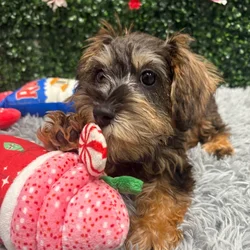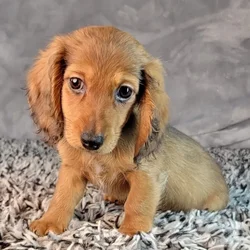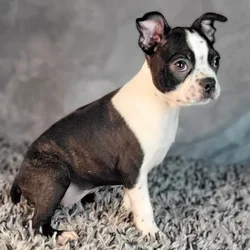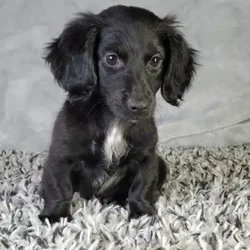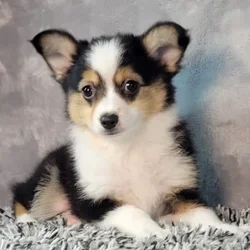Mini Schnauzer

The Miniature Schnauzer, the smallest of the three Schnauzer breeds, is a generally healthy, long-lived, and low-shedding companion. Add an outgoing personality, a portable size, and sporty good looks, and you’ve got an ideal family dog.



Want to know more about Mini Schnauzer ?
Breed Traits
Group
Terrier
Temperament
About
History
Standard
Nutrition
Grooming
Exercise
Training
Health
Size, Proportion, Substance
Size - From 12 to 14 inches. He is sturdily built, nearly square in proportion of body length to height with plenty of bone, and without any suggestion of toyishness. Disqualifications - Dogs or bitches under 12 inches or over 14 inches.
Head
Neck, Topline, Body
Forequarters
Hindquarters
Coat
Color
Gait
Faults
Disqualifications
Did you know?
Senators Bob and Elizabeth Dole, actress Mary Tyler Moore, actor Bill Cosby, and actor/martial arts expert Bruce Lee have all had Miniature Schnauzers.
Yes
Heritage
Health Awareness
Personality
Additional Information
All pets have found there homes! Sign up to be notified when new pets are added so you don't miss out.



